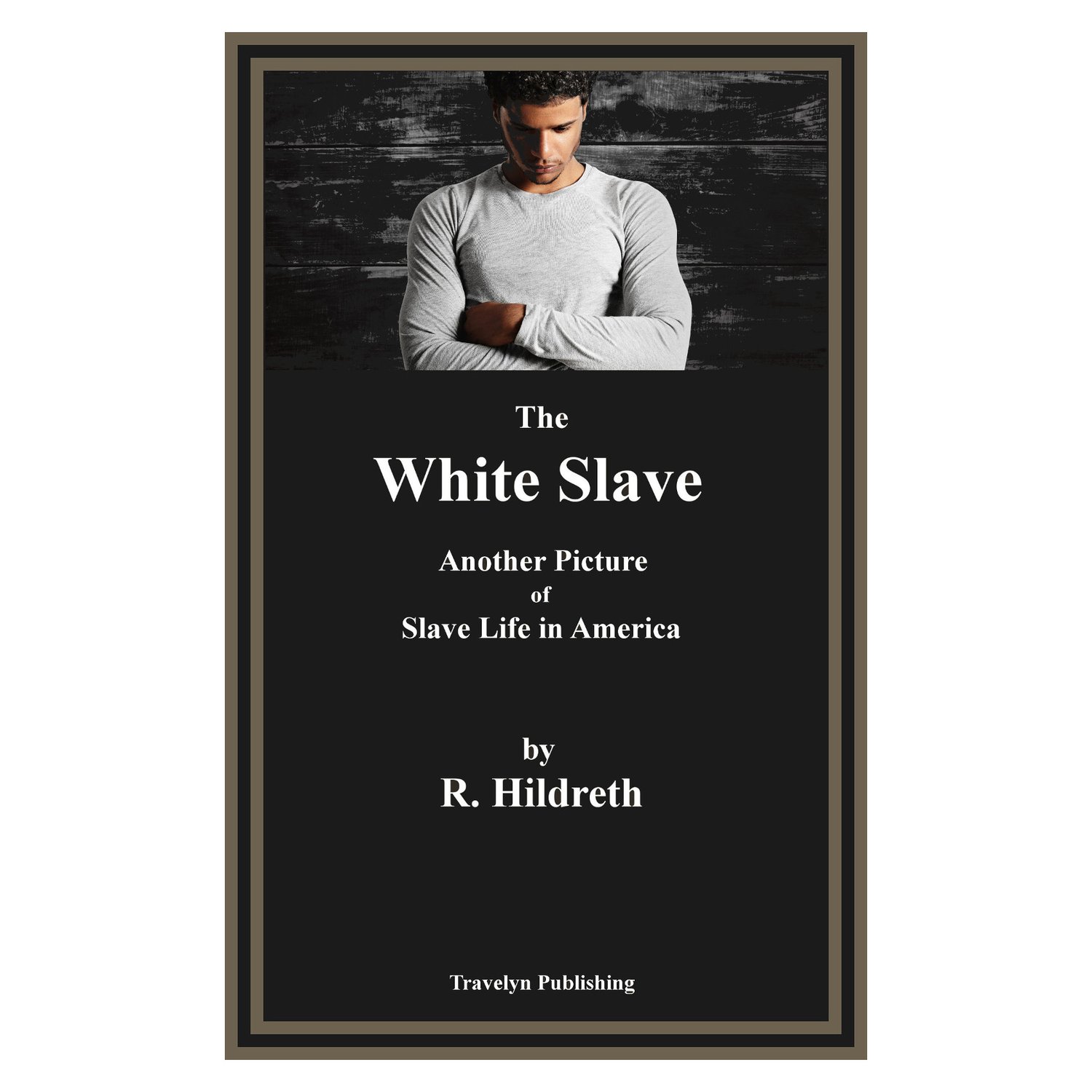
The White Slave: Another Picture of Slave Life in America
This famous abolitionist novel, The White Slave: Another Picture of Slave Life in America, transcribed from the 1852 London edition which was an enlarged version of the original, published in Boston in 1836 with the title The Slave: or, Memoirs of Archy Moore, is often assumed to be non-fiction, the actual memoirs of a light-skinned former American slave. Richard Hildreth, after all, was the pre-eminent historian of early American history, having authored the six-volume History of the United States of America, covering the period 1497–1821. So the confusion was natural.
Whether fiction or non-fiction, the details described herein of life as a slave, and the physical and emotional trauma described in this story—even the analyses of plantation farming techniques and the effects of slavery on the American economy—demonstrate a familiarity with the subject of slavery that makes this novel unique in its impact upon a reader’s sensibilities. There is something about reading a well-informed first-person narrative, even a fictional one, that makes words more powerful.
Archy is the light-skinned son of a Virginia plantation owner who finds that neither his looks nor his familial relationship with his owner—his natural father—protect him from the repercussions and cruelties of being owned property. His life story demonstrates time and again the illogic and twisted morality of the slave-owning South in the 19th century, when the writing was already on the wall that such an evil could not long be allowed to continue. As Lincoln said, “A house divided against itself cannot stand.”
Preparing old books for digital publication is a labor of love at Travelyn Publishing. We hold our digital versions of public domain books up against any others with no fear of the comparison. Our conversion work is meticulous, utilizing a process designed to eliminate errors, maximize reader enjoyment, and recreate as much as possible the atmosphere of the original book even as we are adding the navigation and formatting necessary for a good digital book. While remaining faithful to a writer’s original words, and the spellings and usages of his era, we are not above correcting obvious mistakes. If the printer became distracted after placing an ‘a’ at the end of a line and then placed another ‘a’ at the beginning of the next line (they used to do this stuff by hand you know!), what sort of mindless robots would allow that careless error to be preserved for all eternity in the digital version, too? Not us. That’s why we have the audacity to claim that our re-publications are often better than the originals.
